Territory
China is located at the east coast of the largest continent (Eurasia) as well as the western margin of the largest ocean (Pacific). It has a land area of about 9.6 million square km, occupying 6.5 percent of the total land area of the world. From the confluence of the Heilong River and its tributary, the Wusuli River, westward to the Pamir Plateau, the distance is more than 5200 km. From midstream of the Heilong River north of Mohe, southward to Zengmu Shoal of the Nansha Islands near the equator, the distance is more than 5500 km. Its population of more than 1.3 billion accounts for approximately one-fifth of the world population...
MOREChinese Food
Type of Courses
A Chinese meal is consisted of two parts: staple food, normally made of rice, noodles or steamed buns, and ts'ai, vegetable and meat dishes. (This is different from Western meals, which take meat or animal protein as main dish). The primary eating utensils are chopsticks (for solid foods) and ceramic spoon (for soups and congees). In a Chinese meal, everyone will have their own rice bowl; however, the accompanying dishes will be served in communal plates and shared by all people. Normally, the dishes are often eaten together with a mouthful of rice. Desserts are not main course in China; instead, Chinese desserts are considered as snacks eaten between two meals. If dessert is served in the meal, they will be served during the course of meal with no firm distinction made. If served at the end of the meal, the dessert is normally fresh fruit.
Cold Dishes
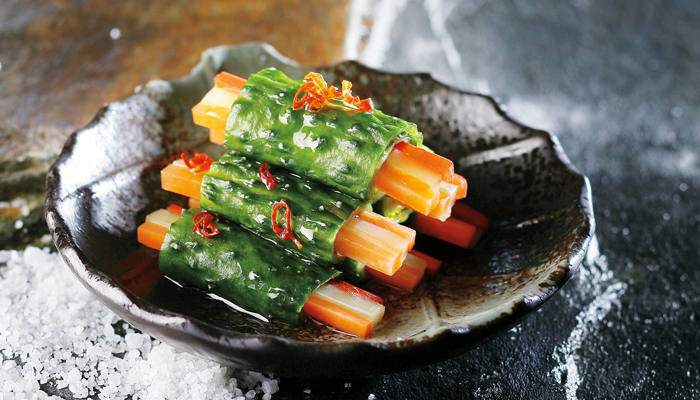
Cold dishes are the first course in traditional Chinese banquet. Salt, sugar, chili powder, light soy sauce, vinegar and sesame oil are often used to make cold dishes. Cold dishes attach great importance to the designing of the dish, which is the “shape” of the dish. Normally, cold dish can provoke people’s appetite.
Hot Dishes
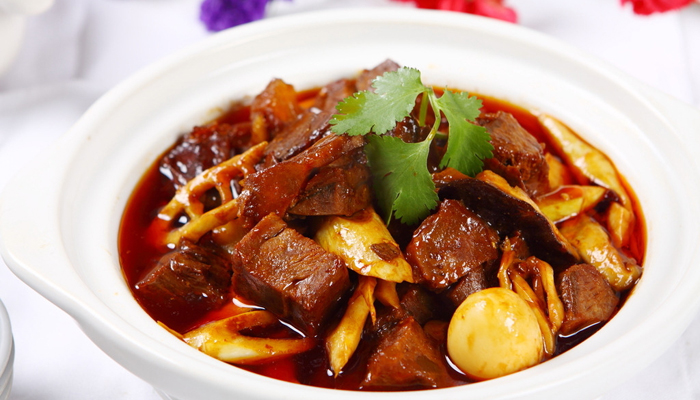
Hot dish is a concept comparing with cold dish. Normally, main course is also called hot dish. Hot dishes are normally cooked using techniques like stir-frying, deep-frying, Liu, quick-frying, Hui, etc.
Soups and Congees
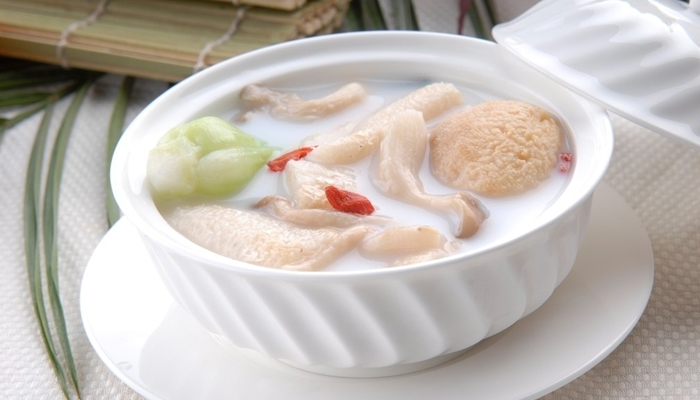
Instead of adding milk or cream into the soup, Chinese soups are adding refined starches from corn to thickening the soups. There are also light soups which don’t use starches. Normal ingredients for soups are vegetables and meat, like pork and chicken. Soups are served following the hot dishes. Chinese people believe that soups are good for health.
Congee is a kind of porridge or gruel. Except for rice and other cereals, meat, fish and sometimes vegetables and flavorings are added into the congee. Congee is a good choice for breakfast. Congee is easy to digest, so it’s a great choice of ill people and young infants.
Staple Food and Xiaochi
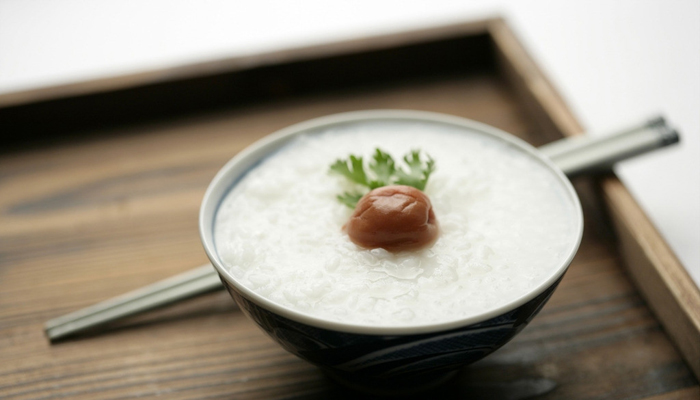
Rice is the staple food in southern China, for southern China is the rice farming areas. People always eat steamed rice. While in Northern China, which is a wheat farming area, people normally eat flour-based food, like noodles, mantou (a kind of steamed buns) and dumplings.
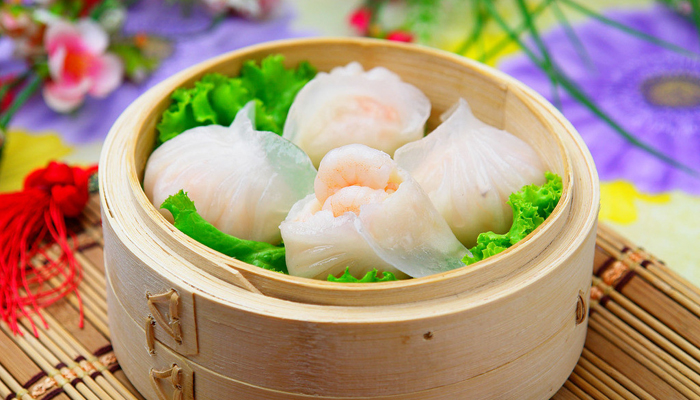
Xiaochi are a kind of snacks. They are often sold in street stalls or small restaurants. Normally, one stall only sells one kind of snacks. Xiaochi is kind of light meal, and it’s often self-contained and easily portable. Different regions have different Xiaochi. They are very popular among tourists and local people.
Cities to Enjoy Chinese Food
As the capital of China, Beijing is not only famous for the Forbidden City, the typical food there is also worth a try, such as the roasted duck, Lǘdagunr (驴打滚), Yellow Pea Cake (豌豆黄), and Fried Liver (炒肝). In the morning, having a bowl of hot Douzhir (豆汁儿) with deep-fried dough sticks or steamed stuffed bun would be such a satisfaction. Another ancient capital Xi'an is the representative of the food in northwest China. There are all kinds of noodles like Steamed Cold Noodle (凉皮), Buckwheat Noodle (荞麦饸饹). Xi'an people even create a Chinese character pronounced as "Biáng" that can not be typed in computer to name a local noodle. Apart from that, the Chinese Hamburger (肉夹馍) and Lamb Stew with Vegetable (水盆羊肉) are also very popular. Unlike the favour for noodles or steamed bun, people in Guilin have a preference for Rice Noodles (桂林米粉). That is also a difference between the taste of people in the north and people in the south. Other food such as Stuffed River Snails (田螺酿), Braised Duck with Ginkgo (白果炖老鸭), Yangshuo Beer Fish (阳朔啤酒鱼) should also be added to your list. Speaking of Chinese food or snack, there is no one in China that would not recommend Chengdu. Chengdu food is always described as hot and spicy. That is true for food like Bang-Bang Chicken (棒棒鸡) or Sliced Beef and Ox Tongue in Chili Sauce(夫妻肺片). But there are also snacks like House Special Pancake(蛋烘糕) or Zhong Dumpling (钟水饺) that are with a light flavor. You can always find something you love to eat in Chengdu!












